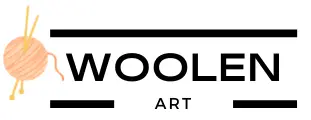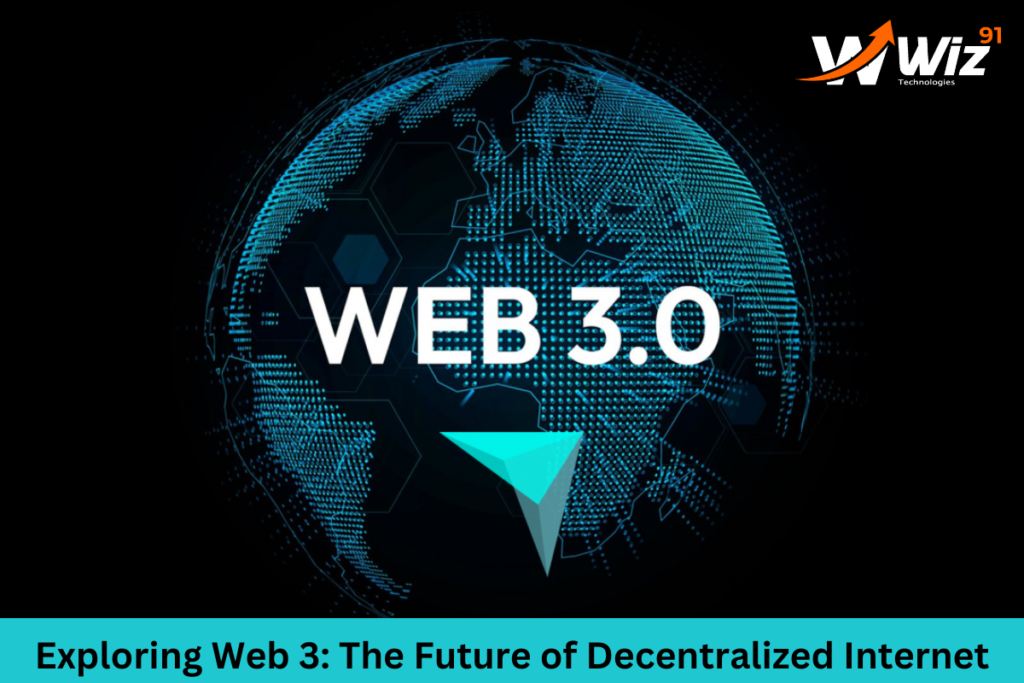Introduction to Web 3 :
The internet has evolved dramatically since its inception, transforming various aspects of our lives. From the early days of static websites to the rise of dynamic web applications, we have witnessed the power of connectivity and information exchange. Now, a new chapter is unfolding in the digital realm with the emergence of Web 3. This article explores the promise of Web3 and how it is poised to revolutionize the Internet as we know it.
The Evolution of the Web:
To understand the significance of Web 3, let’s briefly recap the previous iterations of the Internet. Web 1.0, often referred to as the “read-only” web, introduced static websites where users could only consume content. Then came Web 2.0, which ushered in an era of user-generated content and interactive web applications, enabling social media, e-commerce, and online collaboration.
Web 3: The Decentralized Web:
Web 3, also known as the “decentralized web,” represents the next leap forward in internet technology. At its core, Web 3 aims to address the shortcomings of Web 2 by emphasizing principles of decentralization, privacy, and user ownership of data.
Decentralization:
One of the key features of Web 3 is decentralization. Unlike the current web infrastructure, which relies heavily on centralized servers and intermediaries, Web 3 leverages decentralized technologies such as blockchain and peer-to-peer networks. By distributing data and applications across a network of computers, Web 3 reduces reliance on single points of failure, enhances security, and ensures censorship-resistant platforms.
Privacy and User Ownership:
Web3 places a strong emphasis on privacy and user ownership of data. In the current web paradigm, user data is often collected, stored, and monetized by tech giants without users’ explicit consent. Web3 seeks to empower individuals by giving them control over their data through cryptographic mechanisms. Users can choose to share their data selectively or even monetize it directly, fostering a more equitable digital economy.
Smart Contracts and Web 3 Applications:
One of the most significant innovations powering Web3 is the introduction of smart contracts. These self-executing contracts, built on blockchain technology, enable the creation of decentralized applications (DApps) that run on the blockchain itself. Smart contracts provide transparency, immutability, and programmability, opening up new possibilities for decentralized finance, supply chain management, gaming, and much more.
Potential Applications of Web 3:
Web 3 has the potential to reshape various industries and sectors. Here are a few examples:
Finance and Banking:
Decentralized finance (DeFi) has gained significant traction within the Web 3 ecosystem. DeFi protocols allow users to access financial services such as lending, borrowing, and asset trading without intermediaries. By removing the need for traditional financial institutions, Web 3-based finance opens up opportunities for financial inclusion and democratizes access to global markets.
Content Creation and Distribution:
Web 3 introduces novel models for content creation and distribution, empowering creators and rewarding them directly for their work. Blockchain-based platforms enable creators to mint non-fungible tokens (NFTs), representing unique digital assets like art, music, or collectibles. These NFTs can be bought, sold, and traded, providing artists with new revenue streams and establishing verifiable ownership and provenance.
Supply Chain and Logistics:
Web3 technologies can revolutionize supply chain and logistics management by increasing transparency, traceability, and efficiency. By leveraging blockchain, smart contracts, and Internet of Things (IoT) devices, businesses can create tamper-proof records, automate contract execution, and track goods from origin to delivery. This has implications for sectors like food safety, pharmaceuticals, and sustainability, enabling consumers to make informed choices and trust the products they purchase.
Conclusion:
Web3 holds immense promise for transforming the internet into a more decentralized, user-centric, and privacy-preserving space. By leveraging technologies like blockchain, peer-to-peer networks, and smart contracts, Web3 has the potential to revolutionize various industries, empower individuals, and reshape the digital landscape. As we navigate this new era of the internet, it is crucial to strike a balance between innovation and addressing challenges such as scalability, energy consumption, and regulatory frameworks. The journey toward Web 3 is just beginning, and it will be fascinating to witness how it unfolds and shapes the future of the Internet.










